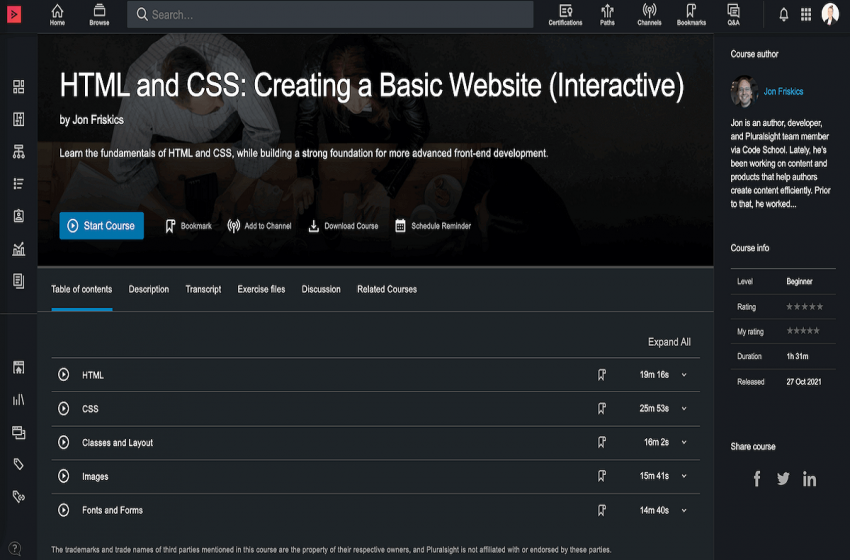
How to build courses on Pluralsight?
When you’re an educator, you want to make sure that your courses are as effective as possible. And one way to do that is by making them available for anyone to use—even if they don’t have a technical background. Pluralsight is a platform that lets educators create and share their courses with the world. From there, it’s easy for anyone to access and use the course content, whether they have a technical background or not. In this article, we will show you how to build courses on Pluralsight and make them available for use by anyone.
What is Pluralsight?
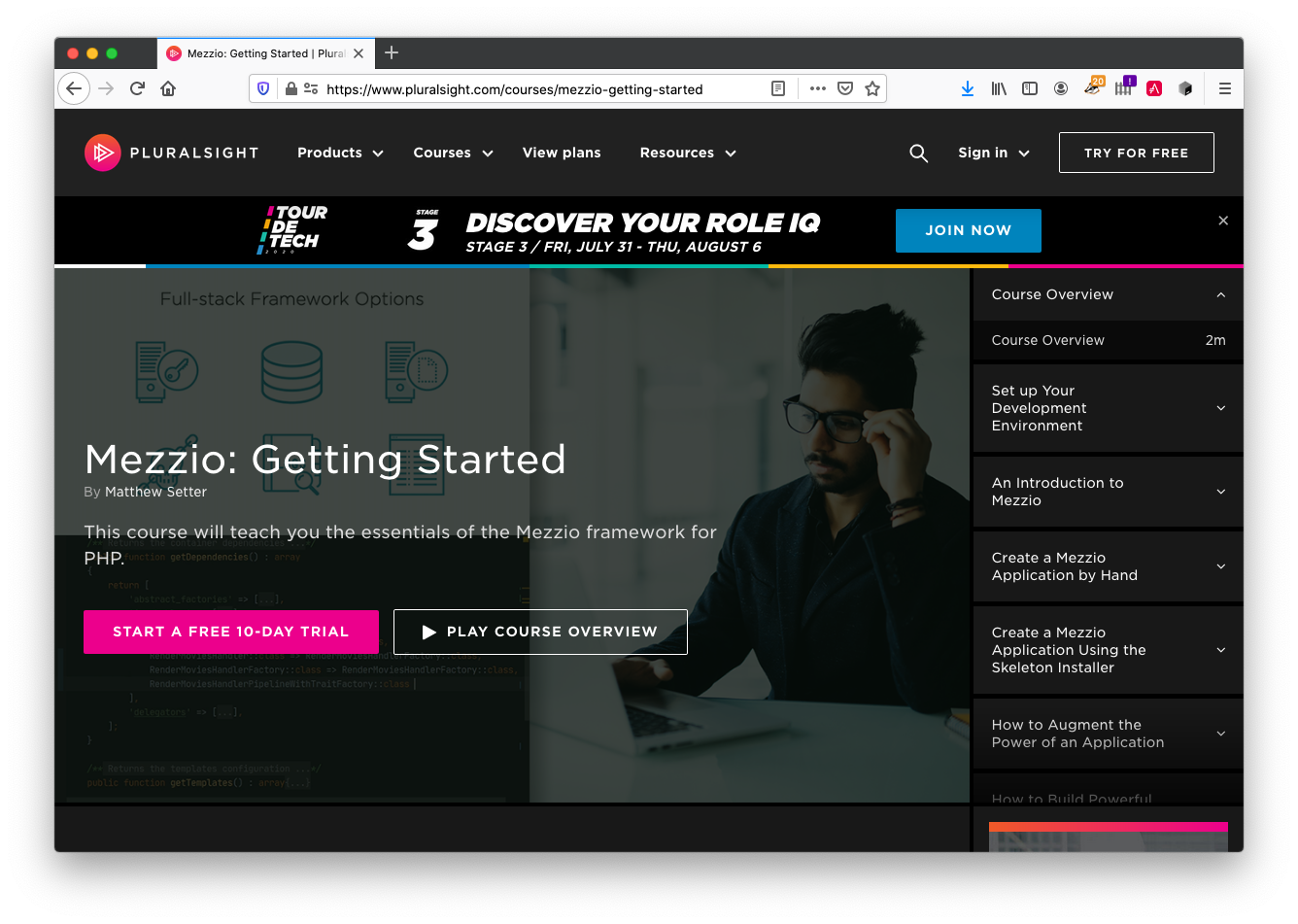
Image Source: Link
Pluralsight is an online learning platform that provides users with access to courses designed by experts in various fields. Users can sign up for a free account and browse through a variety of courses, which can be downloaded as MP3s, videos, or PDFs.
Users can also create their own courses on Pluralsight by uploading their own materials and creating a course outline. Once the course is created, users can add questions and exercises to help them learn more about the material. Users can also invite others to join their courses, which helps to build an active community of learners.
There are several benefits to using Pluralsight in your learning process:
1) Pluralsight has a wide range of content, from beginner level to expert level, so there is something for everyone.
2) There are no membership fees associated with using Pluralsight, so it’s affordable for anyone looking to improve their skills.
3) The platform offers built-in resources such as quizzes and labs that make learning easier.
How to create courses on Pluralsight?
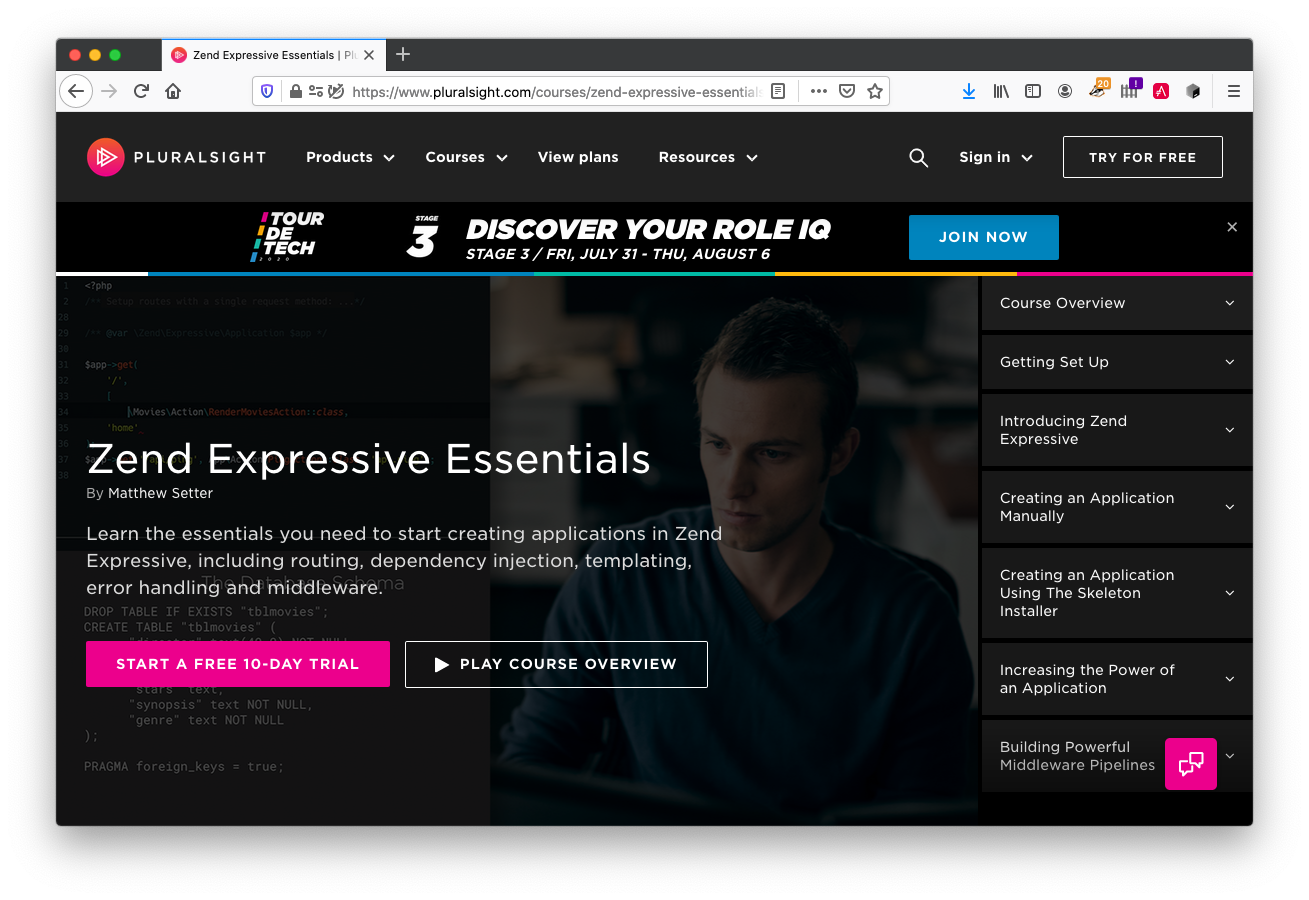
Image Source: Link
If you’re looking to create courses on Pluralsight, there are a few things you’ll need before getting started. You can find all the steps you need to take to get started on our blog post
First, you’ll need an account on Pluralsight. If you don’t have one yet, sign up for a free trial today! Once you have an account, head over to the course creation page and click the “Create a Course” button.
On the course creation page, you’ll be asked to provide some basic information about your course. This includes its title, brief overview, and target audience. After providing this information, it’s time to start building your course!
When creating a course on Pluralsight, there are a few key things to keep in mind. First and foremost is that every course is capped at around 400 minutes long (or 3 hours). Additionally, each course must include at least one module (which can be a video or an entire section of the course). Finally, each module must have at least 4 slides.
Once you’ve gone through these steps and created your first module, it’s time to share it with other members of the Pluralsight community! To do this, head over to the “Share Your Course” section of the course creation page and hit the “Publish” button. After publishing your course, it will be available for anyone who wants to learn more about it.
Finally, don’t forget to follow our blog and subscribe to our newsletter to stay up-to-date on the latest trends in course creation!
What are the benefits of creating courses on Pluralsight?
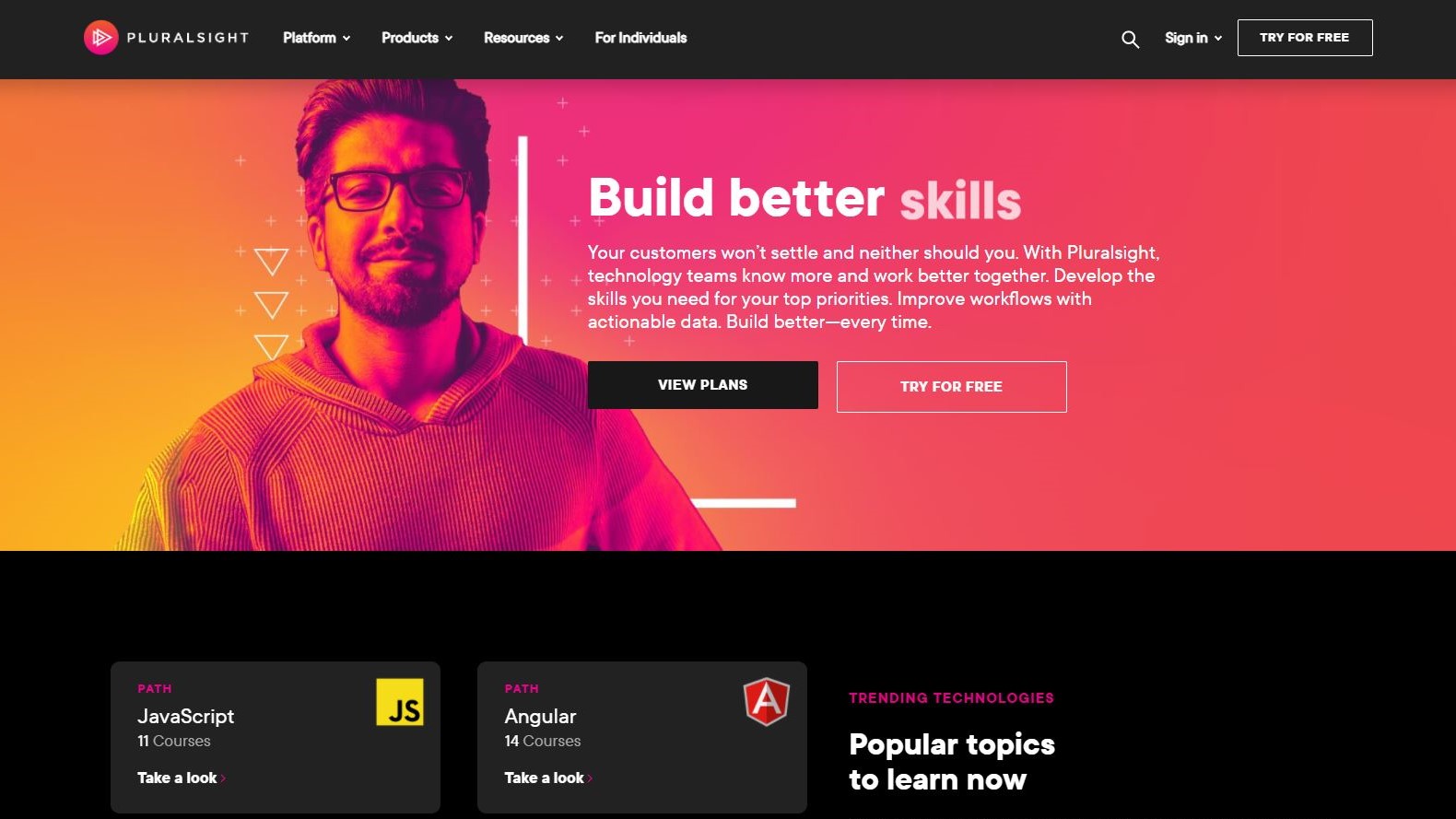
Image Source: Link
There are a number of benefits to creating courses on Pluralsight. First, by providing content that is relevant and helpful to learners, you can help them achieve their goals faster. Second, with a large audience of potential students, you can attract attention and generate leads for your business or organization. And finally, by publishing your courses on the world’s leading online learning platform, you can reach a wide and varied audience of learners.
How to get started with creating courses on Pluralsight?

Image Source: Link
If you’re interested in building courses on Pluralsight, there are a few things you need to do before getting started. First, sign up for an account and create a profile. Then, select a course type and start creating your courses.
Once you have created a course, you will need to provide some information about it. This includes the title, description, videos and slides. You will also need to add ratings and reviews from potential students.
After providing all of the necessary information, it is time to start creating the content for your course. You can use videos or slides to explain the concepts, but be sure to provide enough detail so that students can understand what they are learning.
Finally, it is important to promote your courses on social media and other online platforms. This will help attract potential students who want to learn more about what you have to offer.
Conclusion
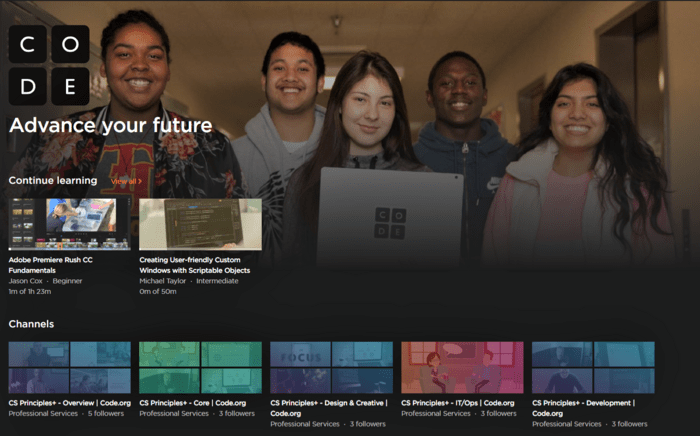
Image Source: Link
If you’re looking to teach yourself new programming skills, or need help refining your current ones, then Pluralsight is a great place to start. Not only do they have an extensive library of courses on a variety of different programming languages and technologies, but the platform is also very user-friendly and easy to use. In this article, we will take you through the process of creating your first course on Pluralsight. So whether you are just getting started with learning programming or want to improve your skills rapidly, using Pluralsight should be at the top of your list!





